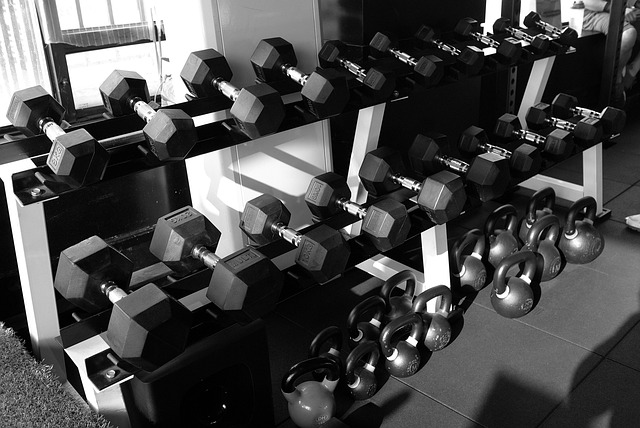When we think about cardio fitness training, we often focus on the benefits of staying hydrated. Water is crucial for performance, energy levels, and overall health during intense workouts. However, it’s essential to recognize that excessive hydration—known as overhydration—can lead to several health issues that many fitness enthusiasts overlook.
During cardio workouts, your body loses fluids through sweat, and it’s vital to replenish those fluids. But when the quest for hydration goes overboard, the balance of electrolytes in your body can be disrupted. This condition, known as hyponatremia, occurs when sodium levels in the blood become too low, often as a result of drinking excessive amounts of water. Symptoms may range from mild to severe, including headaches, nausea, confusion, and in extreme cases, seizures or even coma.
Overhydration primarily affects those engaging in long-duration cardio activities, such as marathon running or lengthy cycling sessions. It’s easy to underestimate how much fluid we need, especially when we’re already sweating. The misconception is that more water equates to better hydration, but this isn’t the case. It’s crucial to listen to your body and hydrate according to its specific needs.
In cardio training, it is beneficial to monitor not only water intake but also electrolyte replenishment. Many fitness enthusiasts focus solely on their cardio regimen, losing sight of the importance of nutrition and hydration balance. This oversight can sabotage overall training effectiveness and health. Instead, consider using electrolyte drinks during longer sessions, or plain water during shorter workouts, while being mindful of your body’s signals.
For those who are pushing their limits in cardio workouts, understanding the risks associated with overhydration can enhance your training strategy. Pay attention to signs such as swelling in your hands or feet, which may indicate you’re drinking too much. Implement a hydration schedule that includes electrolyte replenishment strategies that suit your activity level and physical exertion.
Moreover, engage in self-assessment throughout your workout. Check your urine color; pale yellow is generally a sign of good hydration, while clear or dark yellow might indicate either overhydration or dehydration, respectively. This simple practice can guide you toward optimal hydration levels while ensuring that you’re supporting your fitness journey holistically.
As you embark on your cardio fitness training, make hydration a mindful practice rather than a mindless habit. Staying informed and cautious about the balance of fluid intake can prevent the potential dangers of overhydration and keep you on track towards achieving your fitness goals.


